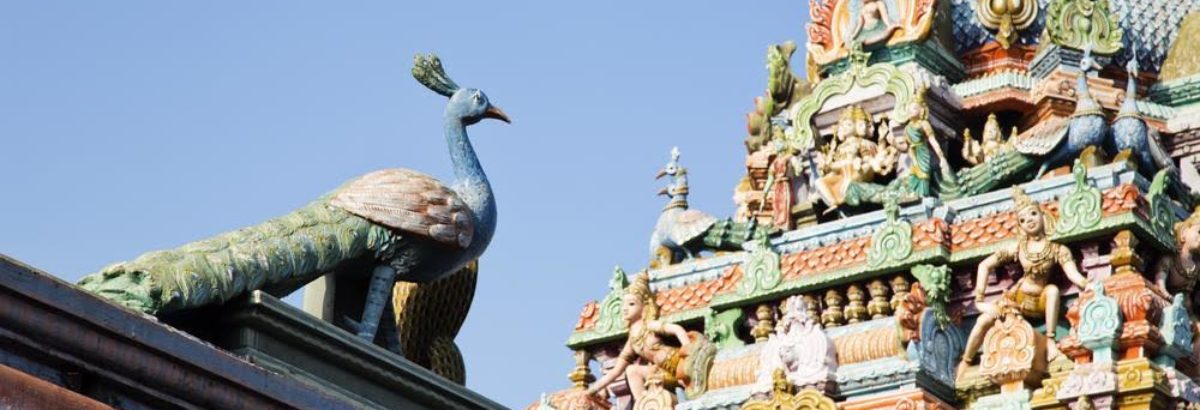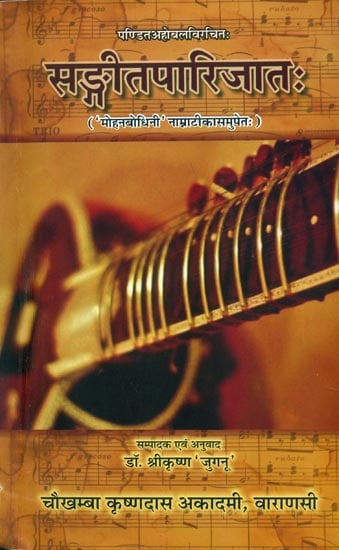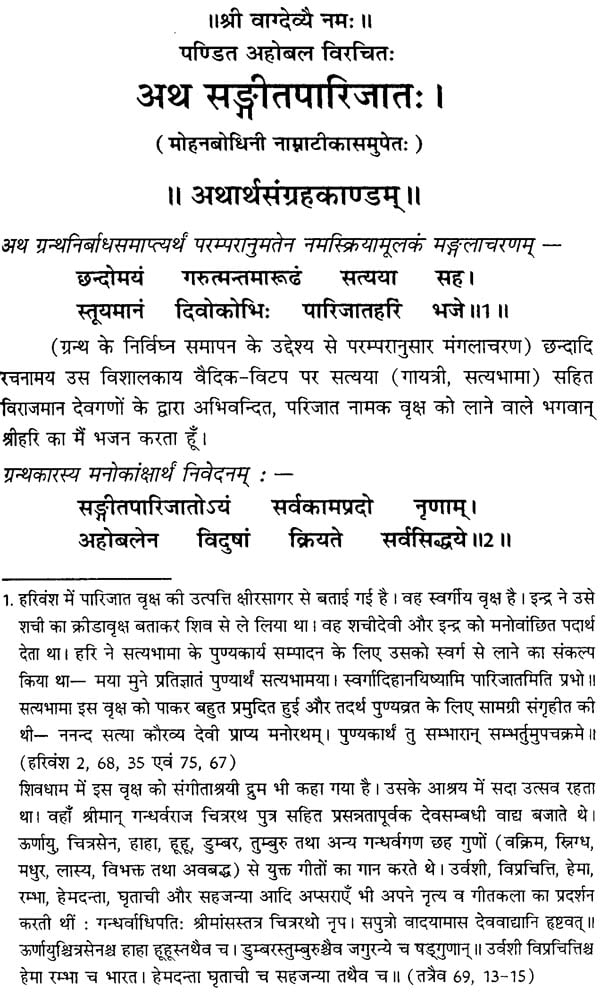Namaste all
01. Which of the following musician is famous for Thumri?
(A) Saiduddin (B) Fahimuddin (C) Riyazuddin (D) Bindadeen
Answer: (D)
02. What is the length of ‘Shudha Ni’ according to Ahobal, as per the method of placing the swaras on the 36″ wire of veena?
(A) 20″ (B) 27″ (C) 32″ (D) 18″
Answer: (A)
03. Identify the correct order of tuning the four-string Tanpura:
(A) Madhya Pa, Tar Sa, Tar Sa, Madhya Sa
(B) Mandra Pa, Madhya Sa, Madhya Sa, Mandra Sa
(C) Mandra Pa, Tar Sa, Tar Sa, Mandra Sa
(D) Madhya Pa, Tar Sa, Tar Sa, Mandra Sa
Answer: (B)
04. Ustad Faiyaz Khan was an artist of
(A) Agra Gharana (B) Gwalior Gharana (C) Atrauli Gharana (D) Bhendi Bazar Gharana
Answer: (A)
05 Nandikeshwar is the author of
(A) Raga Tatva Vibodh (B) Raga Rahasya (C) Rag Darpan (D) Abhinaya Darpan
Answer: (D)
06 Jangda Geet is the folk form of
(A) Gujarat (B) Punjab (C) Rajasthan (D) Uttar Pradesh
Answer: (C)
07. Vikrit Swar of Bharat
(A) Teevra Tar Ni (B) Kaushik Ni (C) Antar Gandhar (D) Teevratam Dhaivat
Answer: (C)
08. Dominant chord is formed of
(A) Pa + Ni + Re (B) Dha + Sa + Ni (C) Ma + Dha + Sa (D) Sa + Ga + Pa
Answer: (A)
09. Instrument of equally tempered scale
(A) Tanpura (B) Violin (C) Guitar (D) Harmonium
Answer: (D)
10. What is the basis of classification of Swaras in tempered scale?
(A) Major tone (B) Minor tone (C) Semi tone (D) Half tone
Answer: (D)
— to be continued —
Prof. V. MEENAKSHI JAYAKUMAR



